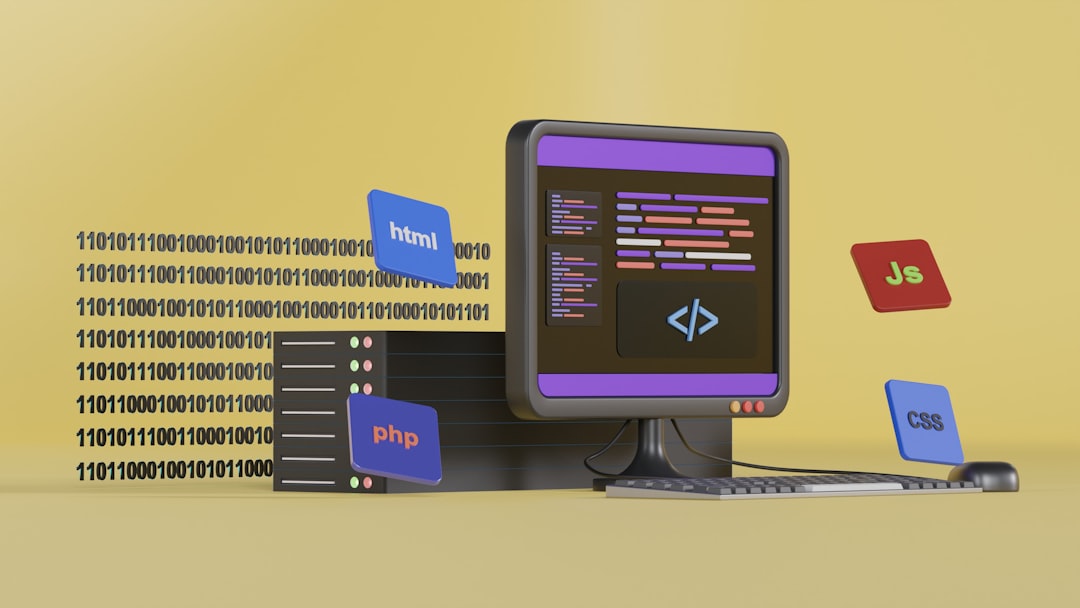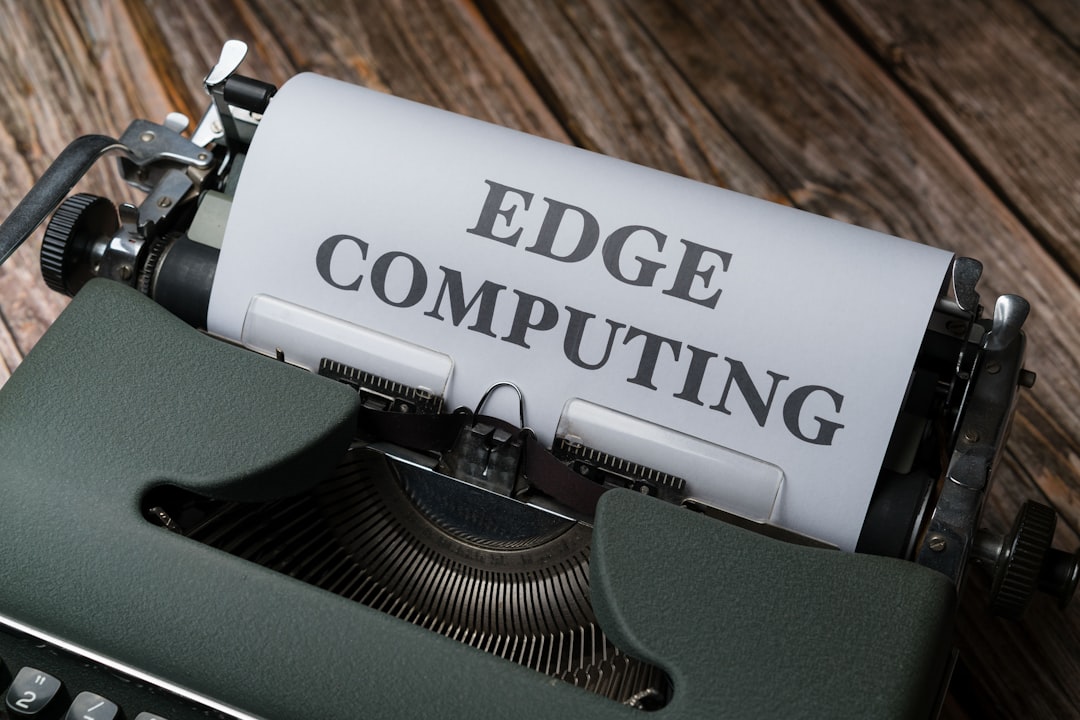Microsoft’s Recent Revival Acts as a Nostalgic Trip Down Memory Lane
In an unexpected move, Microsoft has rejuvenated a piece of software history by modernizing its age-old MS-DOS text editor. But the surprise element here isn’t just the recreation of a decades-old tool; it’s the platform Microsoft’s targeting. This iconic text editor from yesteryear is now functional on Linux, an open-source giant that symbolizes modern software flexibility and power. This venture marks a significant step in Microsoft’s strategy to blend past innovations with current open-source ethos, winning nods from both tech historians and modern developers alike.
Those who remember the original MS-DOS era can attest to the simple utility and ubiquity of this text editor. It was light, straightforward, and did precisely what it needed to without distractions. Fast forward to today, and we have its upgraded version that retains minimalist charm while being bestowed with cross-operating system versatility. Linux, known for empowering users through customization and openness, finds an intriguing companion in Microsoft’s retro offering.
Alongside advancing technology, retro software has found a nostalgic niche among modern users. Yet, Microsoft’s move here is far from catering solely to nostalgia. By remaking the text editor for Linux, it reveals an embrace of cross-platform integration that encourages diversity in software usage environments. This development may also come as an extension of Microsoft’s broader strategy, one which seeks to emphasize their software’s interoperability and adaptive usage across different technology ecosystems, especially in open-source communities.
Open-source platforms like Linux are celebrated for their community-driven enrichment and educational value, allowing users to learn and enhance their skills through real-world applications. Introducing a familiar, yet classically simple tool into such a setting promises to enrich Linux’s vast landscape by drawing in developers who grew up using Microsoft’s tools, enticing them to explore the versatility of open-source operations more deeply.
Moreover, the move serves as an implicit acknowledgment of open-source importance in modern computing standards. By adapting their classic editor for Linux, Microsoft illustrates a nuanced shift in how traditional software companies might evolve their offerings to align with contemporary tech environments that are increasingly choosing open-source due to its ethos of transparency and community.
For developers and hobbyists alike, this release is an opportunity to experience the nostalgia of the early computer age while leveraging it in creative, modern ways. This blend of old meeting new not only provides practical benefits but also cultural ones; it enriches the software’s legacy by embedding it into the continually evolving digital tapestry of today’s open-source community.
In addition to profit and growth, initiatives like these indicate Microsoft’s awareness of the wider tech landscape—a realm where diversity of operating systems and cross-compatibility are more than mere technical challenges, but strategic imperatives that can make or break technology ecosystems.
This reinvigoration of Microsoft’s text editor reflects broader industry trends emphasizing flexible software development over platform-specific constraints. As we look to the future, it will be intriguing to observe how other older technologies might be reborn in new frameworks, enhancing their utility by bridging the gap between traditional software design principles and modern innovations.
In providing a seamless connection between different ecosystems, such inventive updates pave the way for cross-collaborations that enhance user experience dramatically, making the homogeneity of digital tools an exciting, borderless reality.
Open Source & Software
Microsoft















Leave a Reply